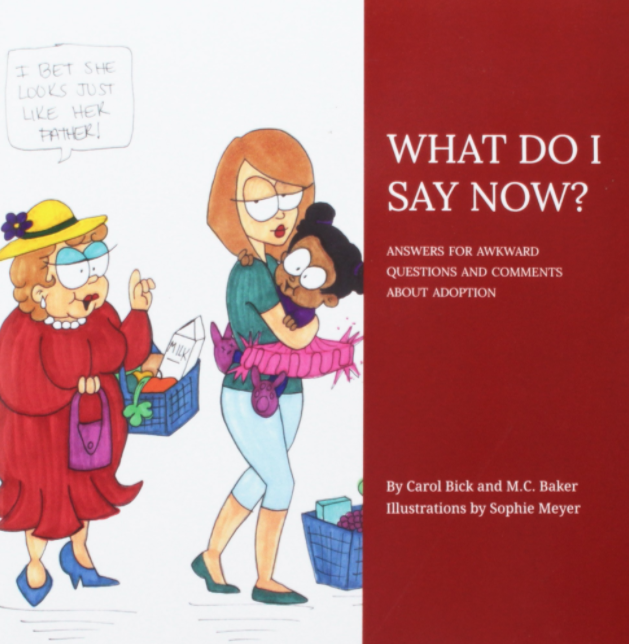HOW MUCH IS THE ADOPTION TAX CREDIT?
For the year 2019, the maximum allowed for adoption tax credit is $14,080 per child. The credit phases out for families with higher levels of income. Under the 2019 adoption tax credit formula, adopting parents who earn no more than $211,160 are entitled to take the full credit. For adopting parents who earn between $211,160 and $251,160 in income, there is a reduced tax credit, and no tax credit is available for those earning more than $251,160.
WHICH ADOPTION EXPENSES CAN BE CLAIMED?
The adoption credit is offered for “qualified adoption expenses.” Qualified adoption expenses include:
• reasonable and necessary adoption fees;
• court costs and attorney’s fees;
• adoption travel costs (including meals and lodging); and
• other expenses that are directly related to adoption.
Remember, it is important to keep all invoices and receipts for fees and costs as well as court documents and agency agreements related to your adoption. There is no requirement to attach the adoption expense documentation with your tax return. You must, however, keep the documentation as part of your own records as you may be audited by the IRS for authenticity.
Some employers offer an adoption assistance program for adoptive parents. If the adopted child does not have special needs, those expenses paid for by the employer would not be qualified adoption expenses for purposes of the adoption tax credit.
WHAT IF I ADOPT A CHILD WHO HAS SPECIAL NEEDS OR A CHILD IN FOSTER CARE?
For parents who adopt children with special needs, the full credit of $14,080 may be allowed for the adoption even if you do not have any qualified expenses at all or if you have benefited from your employer’s adoption assistance program.
For purposes of the adoption tax credit, a child has special needs if:
the child is a citizen or resident of the United States when the adoption effort began;
a state determines that the child cannot or should not be returned to his or her parents’ home; and
the state determines that the child probably will not be adoptable without assistance provided to the adoptive family.
*In other words, for adoption tax credit purposes, “special needs adoptions” are generally children in foster care and are not necessarily children who have disabilities.
WHEN CAN I CLAIM THE CREDIT?
The tax year you claim the credit depends on when the expenses were paid, whether the adoption is domestic or international, and when the adoption is finalized.
In a domestic adoption, qualified adoption expenses paid before the year the adoption becomes final are allowable as credit for the tax year following the year of payment regardless of whether the adoption is finalized. In an international adoption, qualified adoption expenses paid before and during the year are allowable as a credit for the year the adoption becomes final. Once an adoption is finalized, qualified adoption expenses paid during or after the year of the finalization are allowable as a credit for the year of the payment, regardless of whether the adoption is domestic or international.
It is also very important to note that any credit in excess of your tax liability may be carried forward for up to five years.
HOW DO I CLAIM THE ADOPTION TAX CREDIT?
To claim the credit or exclusion, complete Form 8839, Qualified Adoption Expenses, and attach the form to your Form 1040, U.S. Individual Income Tax Return.
FOR MORE INFORMATION ON THE ADOPTION TAX CREDIT VISIT: https://www.irs.gov/taxtopics/tc607.html
*Please note: We are not financial advisors or tax preparers. This advice should be considered general guidance only and not professional advice or as a substitute for IRS instructions. Be sure to check with the appropriate tax advisor, or other professional for your specific situation.
*Please also note: This information is relevant to families considering the adoption tax credit for the 2019 tax year. Rules and eligibility have changed over the years and are not documented in this article.
















